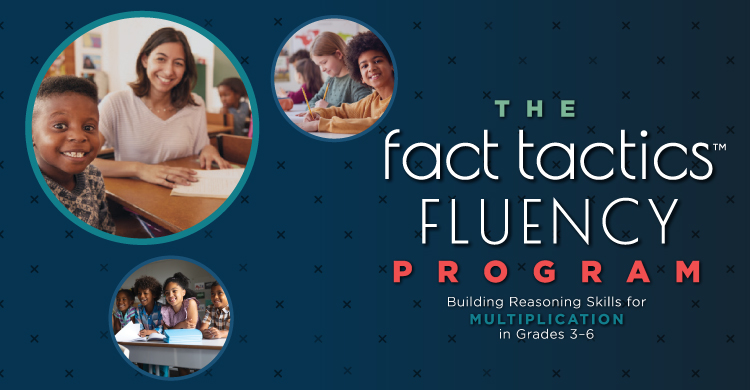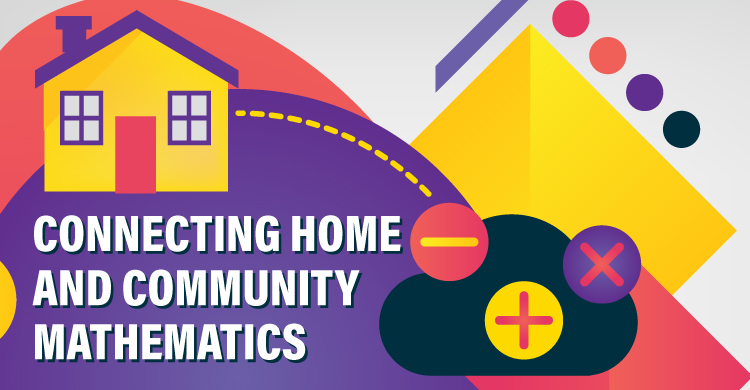Effective teaching of mathematics engages students in solving and discussing tasks that promote mathematical reasoning and problem solving and allow multiple entry points and varied solution strategies.
—NCTM (2014), Principles to Actions, p. 10
A high school geometry teacher once told me he was glad he was in his third year of teaching using the same book because that meant he didn’t need to plan lessons anymore; he simply needed to arrive at school, open the textbook, and model the example problems before assigning homework and work time. Every day.
A middle school teacher told me she thought teaching math was boring because every lesson includes giving students steps to follow, modeling a couple of problems, and then letting students work to solve problems independently. And, in complete frustration, she shared that students don’t remember what they have learned month to month, week to week, or even day to day.
What’s missing in these math classrooms? While each teacher wants students to be successful learning mathematics, the students in these classes are confused on a daily basis. Each day is a discrete and separate learning experience filled with low-cognitive-demand tasks and procedural conversations. Students aren’t remembering the “steps” to complete problems or making sense of their learning.
What is a teacher to do? Thankfully, there are answers.
At a school addressing the four critical PLC questions through the lens of the ten High Leverage Team Actions (HLTAs) (Kanold, 2015), I watched a collaborative team at a high school that had once struggled to define their work that impacted student learning now do the specific actions that make a difference. In the past, they planned upcoming units by opening the textbook for the next chapter, stating the topic (e.g., quadratics) and then picking a date for the chapter test. Now they see growth in student learning from their focused and intentional work together. Recently, I had the opportunity to observe them do the following together before a unit began:
- Read each standard and make sure they all understood its intent. They determined what a student will (1) have to know and (2) be able to do in order to demonstrate proficiency with each standard. A common understanding of the standards was gained as well as an acknowledgement of the prerequisite skills students need to have to be ready for grade-level standards. (HLTA 1)
- Discussed common high-level tasks to use that review the prerequisite skills while allowing for student discourse and productive struggle while working toward a solution. (HLTA 2)
- Created a common unit assessment to the standards with student learning targets and determined common scoring agreements. (HLTAs 3-4)
- Created common homework to assign and give to students at the start of the unit. (HLTA 5)
When done before a unit begins, teachers can plan with purpose and intent. They can carefully choose the best problems to model or use as discovery in every lesson. They will know how to give quality feedback to students based on what will ultimately be used to determine proficiency as determined from the common assessment and scoring agreements. Students will be more likely to understand connections between concepts.
This differs from giving students steps to follow on a daily basis and it varies from trusting only the example problems from a textbook as the epitome of student learning.
You, too, have a choice every day about which tasks to use when planning your mathematics lesson. Consider the following questions:
- Why am I choosing this task?
- What am I hoping to learn about student reasoning and understanding as they complete the task?
- What content are students demonstrating knowledge of having learned?
- Which mathematical practice is being developed?
- What will students say they learned through this task?
- What connections to previous learning will students make through the use of this task?
Consider how your work in a collaborative team before a unit begins can strengthen your instructional practices and help students make sense of their learning for future application. And know that your choice of tasks used in class every day makes a difference in student learning.
References:
Kanold, T. D. (Ed.). (2015). Beyond the Common Core: A Handbook for Mathematics in a PLC at Work, Leader’s Guide. Bloomington, IN: Solution Tree Press.
National Council of Teachers of Mathematics. (2014). Principles to actions: Ensuring mathematical success for all. Reston, VA: Author.
[author_bio id=”390″]






